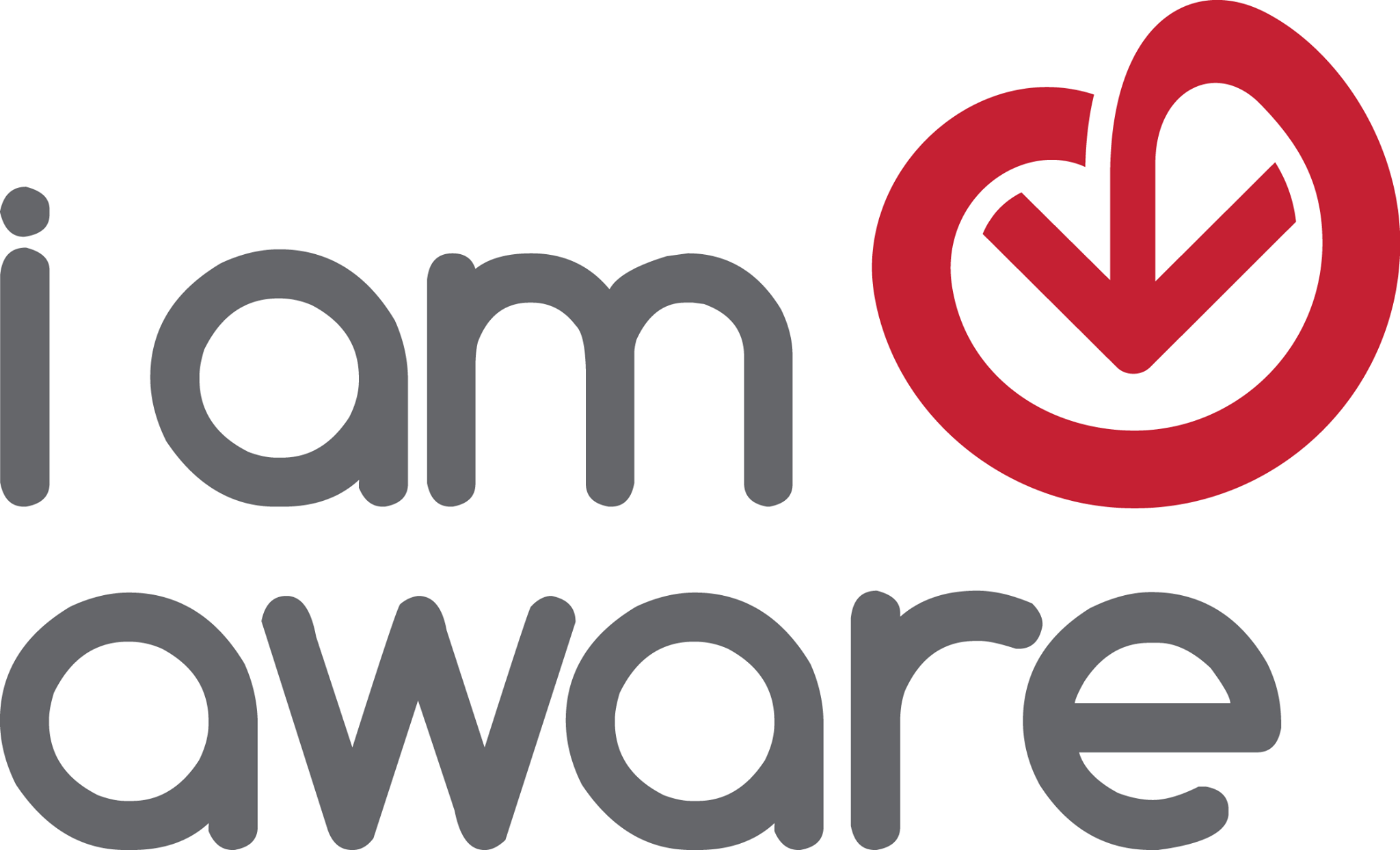Agriculture Data
- Home
- Focus
- Agriculture Data
Why We Collect Data on Agriculture
Agricultural is the backbone of the Ghanaian economy. It is Ghana’s most important economic sector, employing more than half of the population on a formal and informal basis. This sector is also expected to account for a substantial part of Ghana’s Gross Domestic Product (GDP) and foreign exchange earnings, although this is not the case. The agriculture sector is thought of (both in public commitment and policy) as a potential driving force for Ghana’s quest towards industrialization. Over the years, different governments have made effort at improving agriculture development in the country.
Major policies put forth to drive productivity and growth of the agriculture sector in Ghana include: the Medium Term Agriculture Development Program for the years 1990-2000, which sought to improve extension services, and crop disease research; and the National Fertilizer Subsidy Program, aimed to promote fertilizer use and promote productivity of smallholder farmers in Ghana.
However, in spite of governmental commitment there are deficits and inequalities in access to agricultural services in Ghana. Most worrying is the lack of organized data/information on the state of agricultural services for citizens to use in demanding policy and institutional accountability to improve the governance and management of resources and investment outcomes in the Agriculture sector in Ghana.
Data collected and sources
Production levels (in metric tons) of major staples such as maize, rice, yam, cocoyam, etc. in Ghana
Number of extension officers distributed across districts
The quantity of fertilizer distributed to selected districts per year
The number of farmers enjoying tractor services in selected districts per year
Number of children of cocoa farmers awarded cocoa scholarships
Number of inputs (fertilizer, implements, etc) distributed to cocoa farmers under the Cocoa Rehabilitation Program (CRP)
Data Sources for the Agriculture sector include the Statistics, Research and Information Division of the Ministry of Food and Agriculture [MoFA], the Agricultural Extension Services Directorate, and the Research Division of the Ghana COCOBOD.














